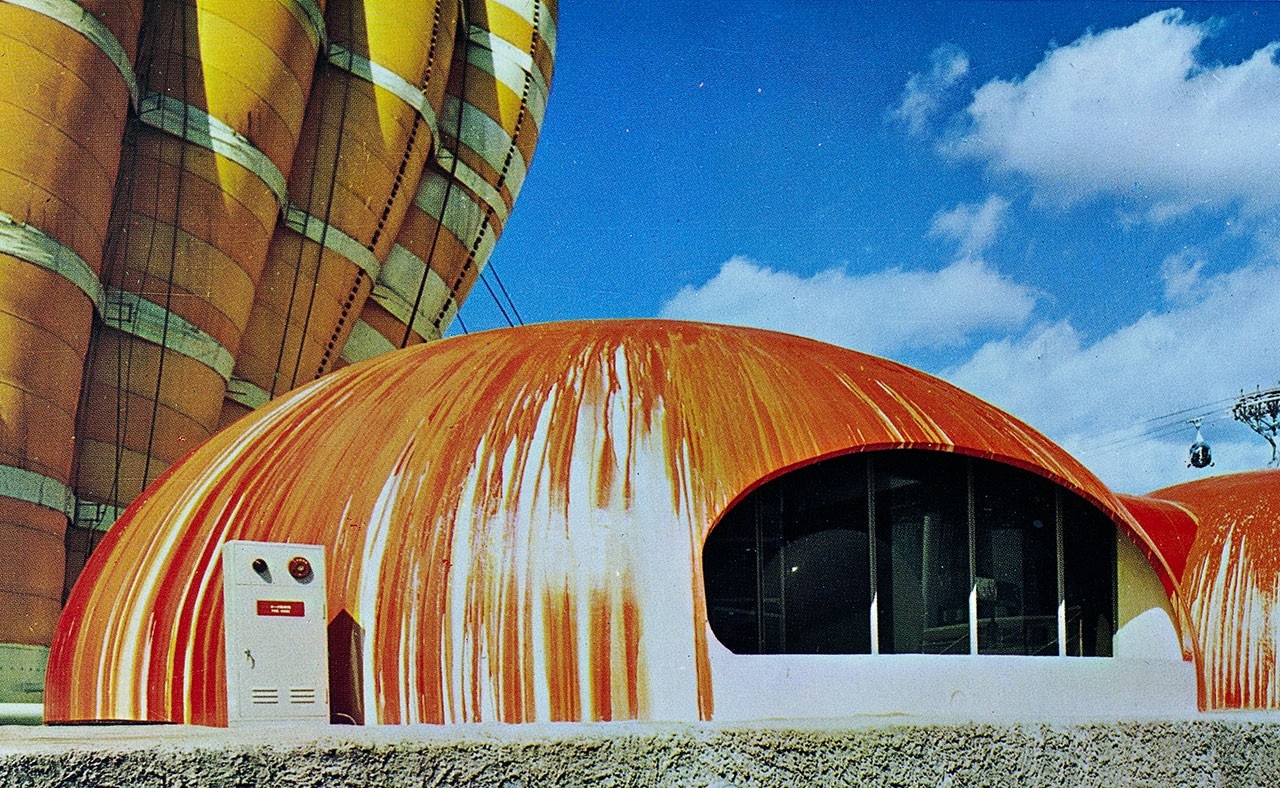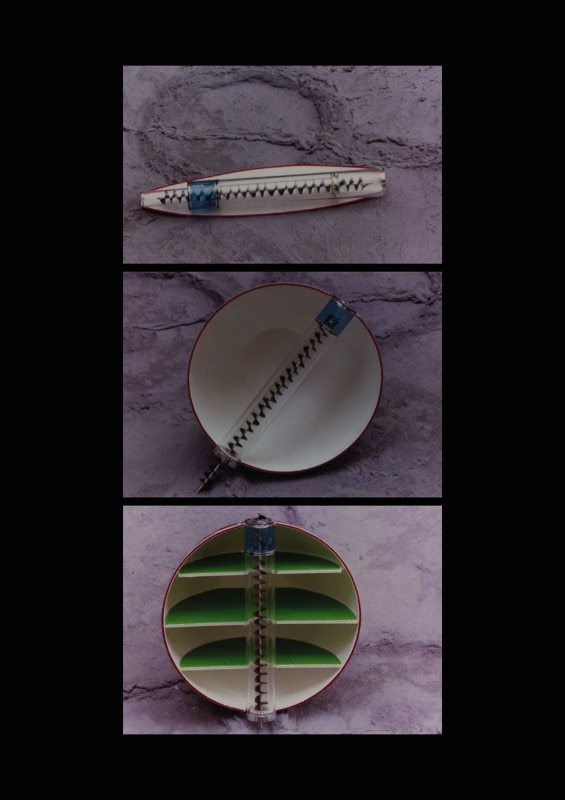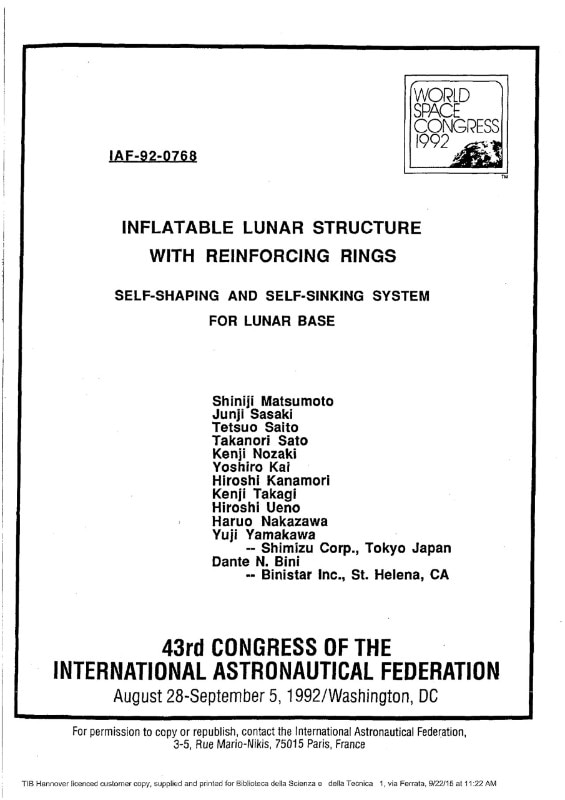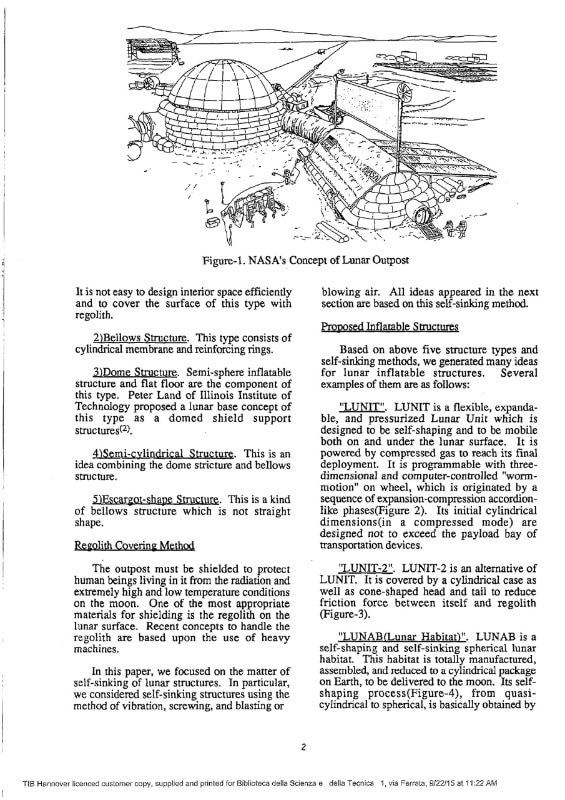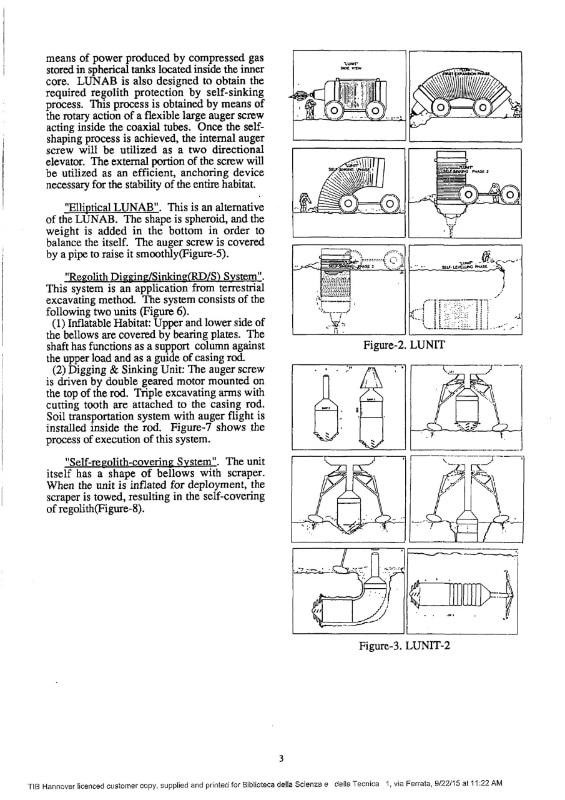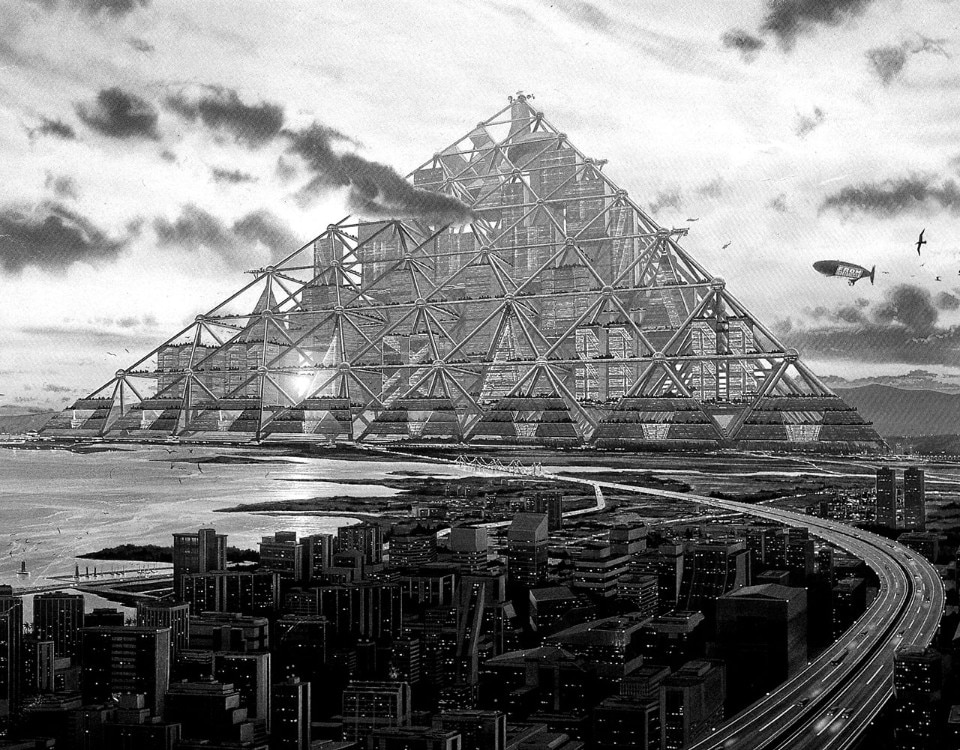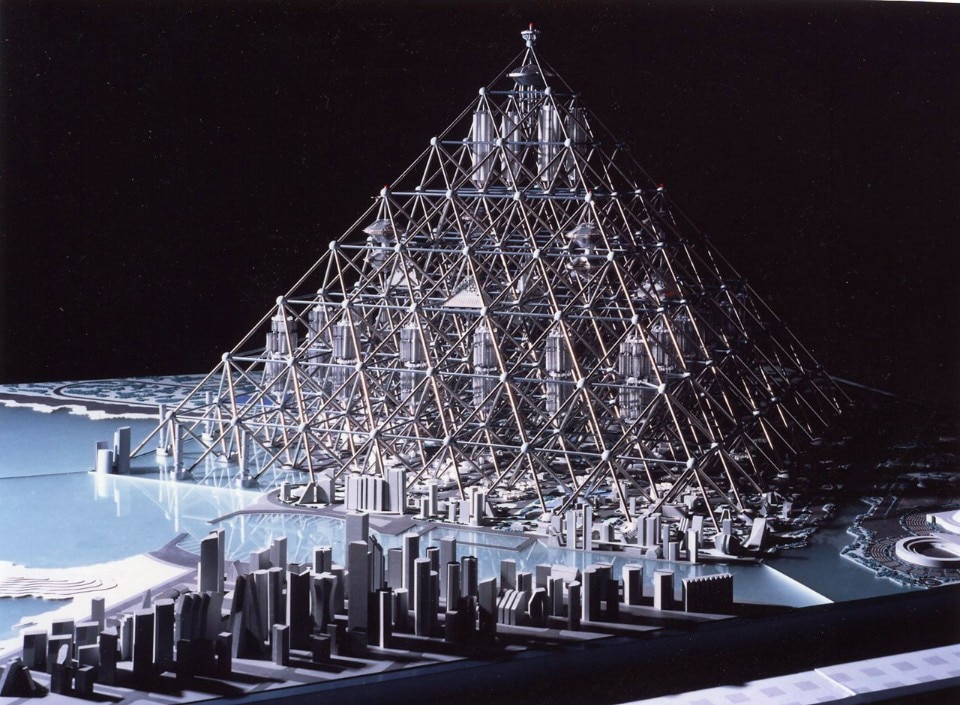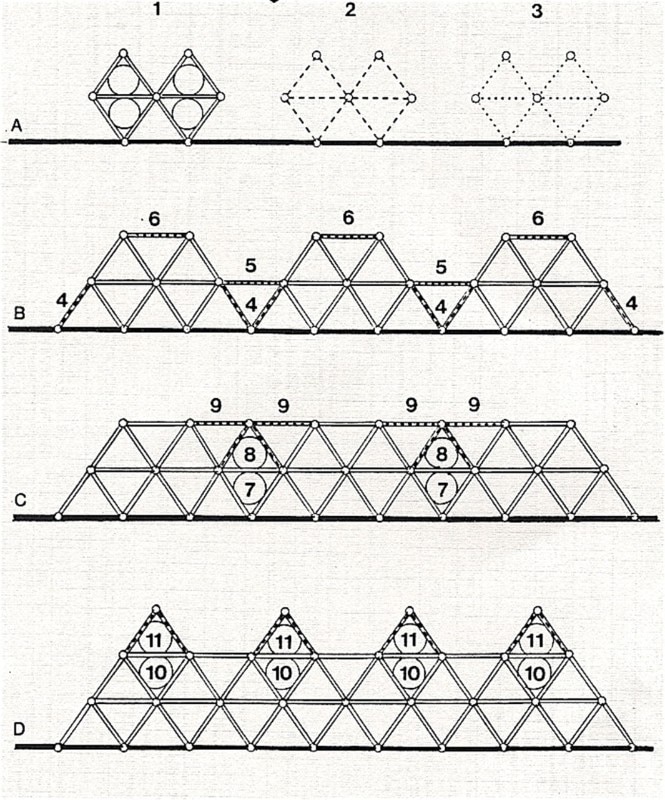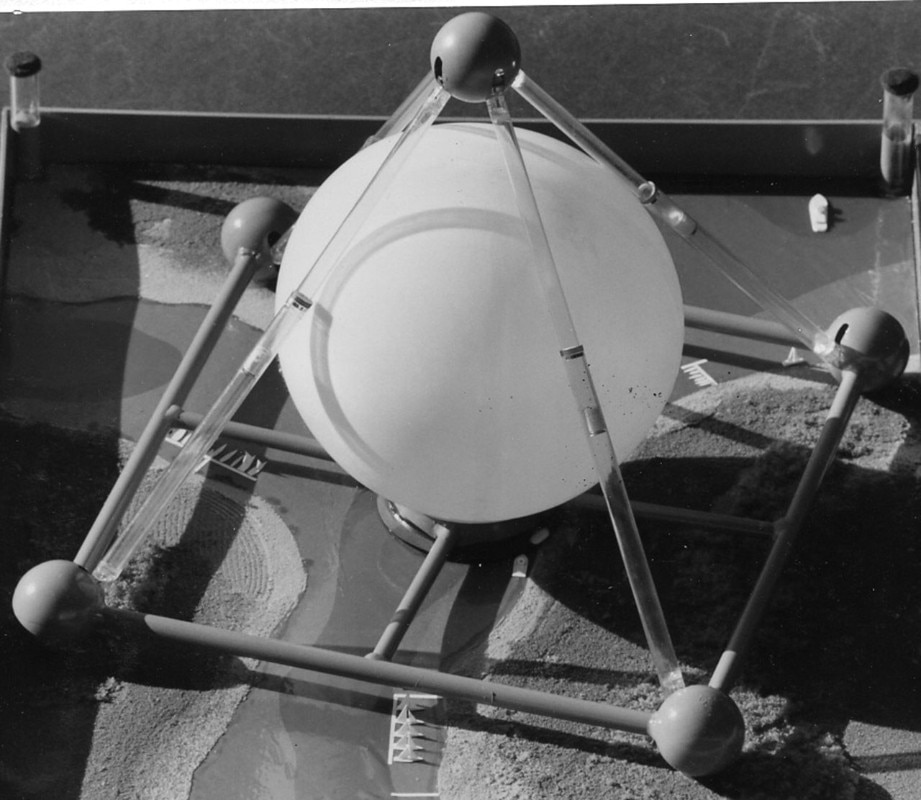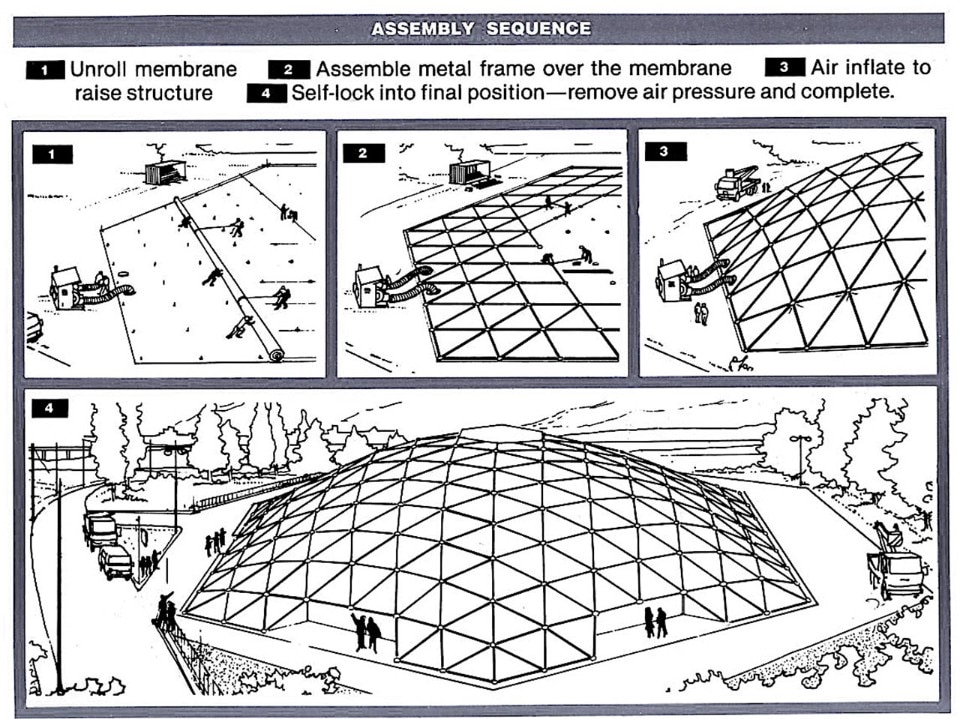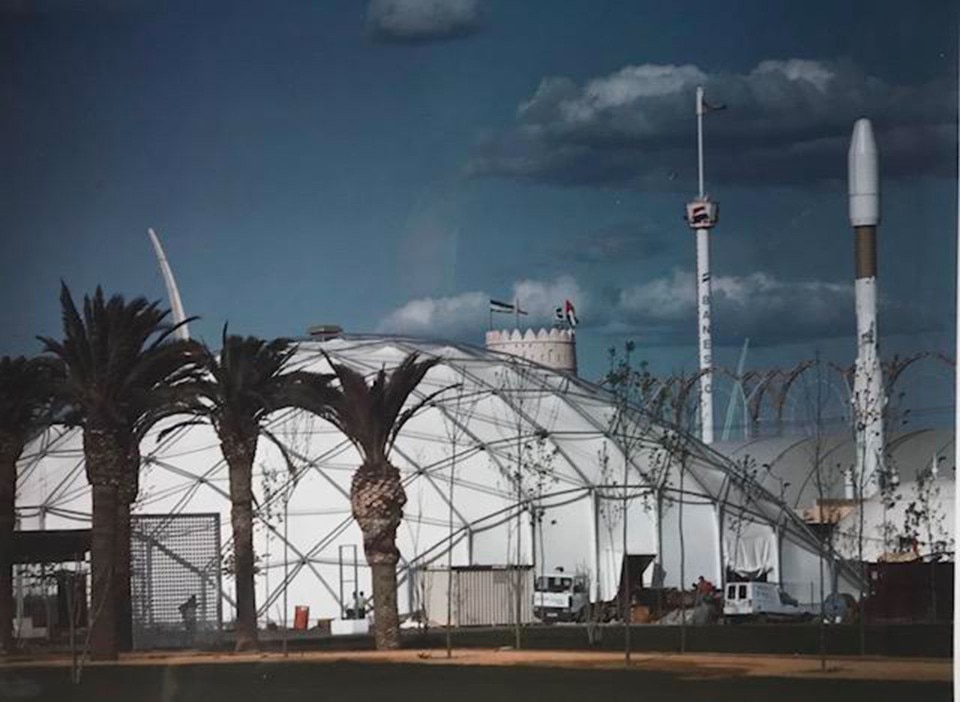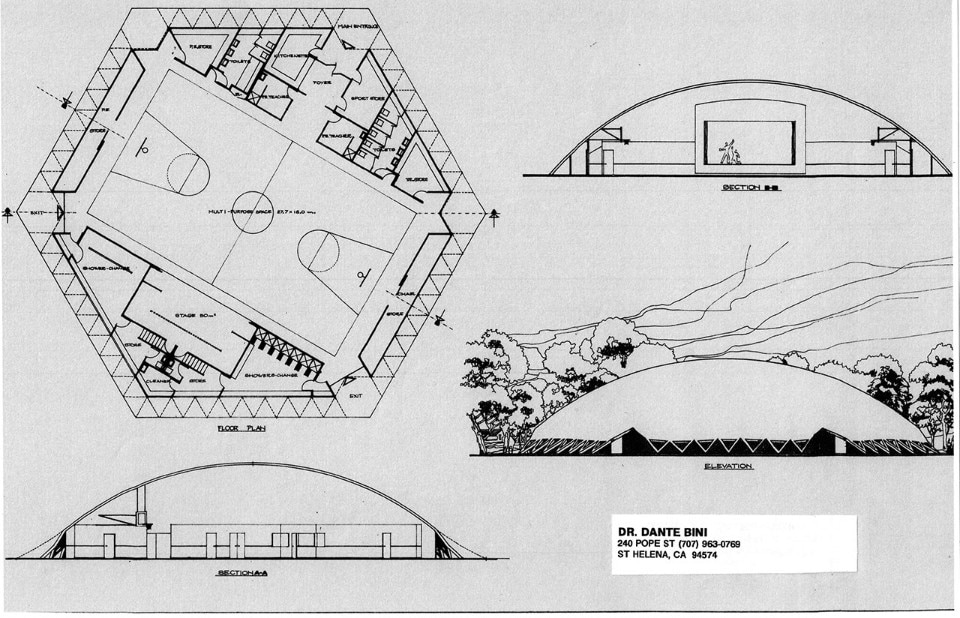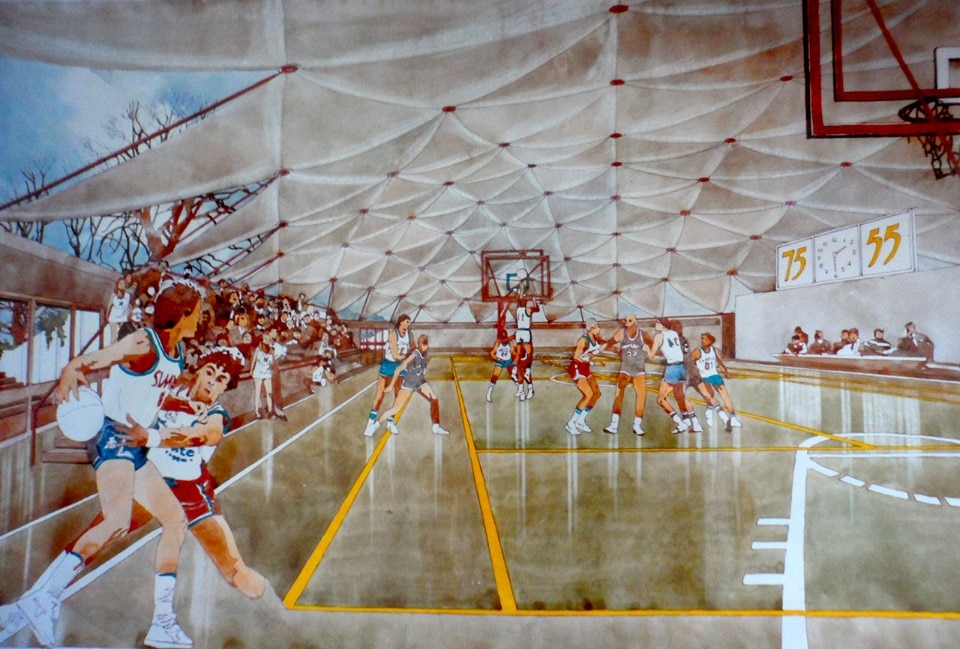To say that Dante Bini (1932) is an architect is perhaps rather an understatement. He attended the department of Architecture in Florence in the same period as Archizoom and graduated there in 1962. A visionary, he exercised a form of pragmatism that allowed him to develop hundreds of patents on work-site automation. These include the unforgettable Binishell (1969) that he used for the construction of the Cupola for Michelangelo Antonioni and Monica Vitti on the Costa Paradiso in Sardinia. But this time we discussed his projects for space, his collaboration with the Shimizu Corporation and his encounter with Harrison Schmitt, the twelfth man to walk on the Moon.
When, on 20 July 1969, Neil Armstrong and Edwin Aldrin arrived on the Moon, where were you and how did you feel?
I was on holiday with my wife in Lagomare, near Viareggio. Despite recalling that in September of 1959 the Soviets had reached our satellite with the Luna 2 probe, the events of that day seemed to me to be unreal and shocking. It took me back to the fantasies of Jules Verne and to the poets, philosophers, scholars and scientists who, since Greek and Roman times, had dared to imagine taking that journey. The images of the Moon landing seemed to me to be the beginning of a new era in the history of humankind: The Space Age.
How did you come to work for the Shimizu Corporation?
At the time I was teaching On site Construction Automation and On Site Robotics in Construction at Stanford University. One morning I got a telephone call from Shinji Matsumono, the director of the Space and Robot System Group of the Shimizu Corporation, one of the most important construction companies in the world. Matsumoto spoke to me about construction mechatronics, structures for space, and about his thesis inspired by the Binishells that I had built for the Fuji Pavilion at the 1970 Expo in Osaka, directed by Kenzo Tange. He had studied my system and was convinced that it could be a viable solution to assist the work groups he directed for the creation of structures for the Moon.
One week later we met in San Francisco and it was the beginning of a long collaboration with the Japanese company. Matsumoto had already imagined a hotel in orbit around the Earth; he told me that NASA had discovered that the lunar mantle rock contained a non-radioactive isotope that, at the time, it believed it could convert into a source of clean energy. The colonisation of the Moon was already in the minds of the Americans. George H. W. Bush had in fact set up the Space Exploration Initiative (1989-1993), which included the construction of a permanent space station.
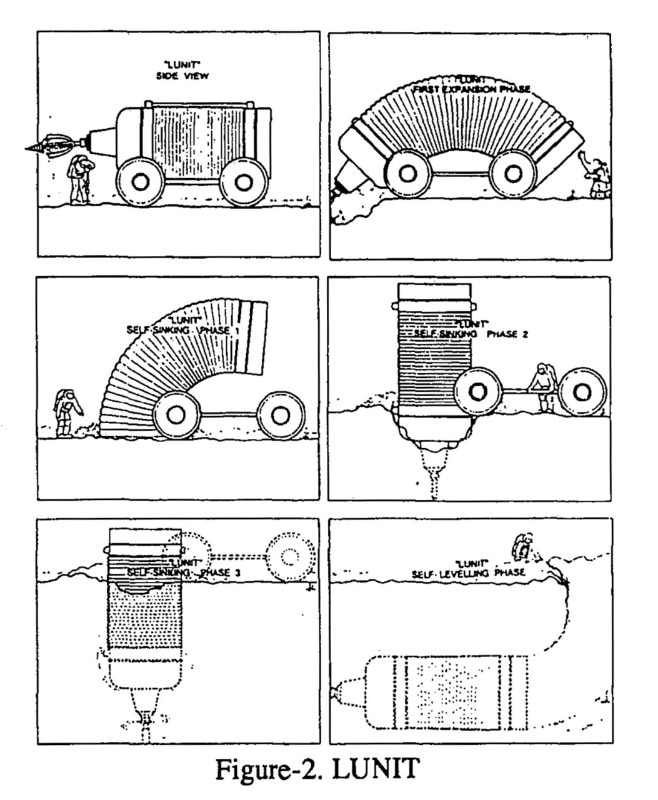
These works led to your encounter with Harrison Schmitt, a geologist and astronaut who took part in the Apollo 17 mission. What did he tell you of his journey?
It was Matsumoto who suggested we meet. Jack, as the astronaut calls himself, received me in his office in NASA. He spoke almost aggressively to me, demanding to know with what ‘arrogance’ I could think of designing a moon base without having the slightest idea of the infinity that the human mind is unable to comprehend.
He explained to me how the on-board instruments showed the astronauts the Earth, detailing the stages of departure from our planet, fantastically coloured and immersed in the endless darkness of space. In those moments, he said that one’s thoughts inevitably went to the creator of such immenseness and, at the same time, to the insignificance of humankind. As i listened to Schmitt’s words, a shiver ran down my spine, as in that moment it almost seemed to me that I was talking to a man who had really seen God!
In telling the story of that 384,000 km journey, he almost managed to give me the impression of the speed of the space craft: the unattractive Moon grew enormous, while the Earth, illuminated by the Sun, became ever tinier. My thoughts went to the poem Ithaca by the Greek Konstantinos Kavafis.
On arrival on “his Ithaca”, with a sixth of his terrestrial weight, he stepped onto the grey sand of the Moon. He told me that he managed to dig into it with an instrument for taking samples without any difficulty. He showed me a test tube and said: “Bini, the Moon habitats will have to be built under two or three metres of this ‘sand’”. It is however impossible to imagine the feasibility of designing these habitats without having experienced the journey that the future inhabitants of space will have to take”. Harrison Schmitt was generous with the time he dedicated to me, and I will never forget that extraordinary encounter.
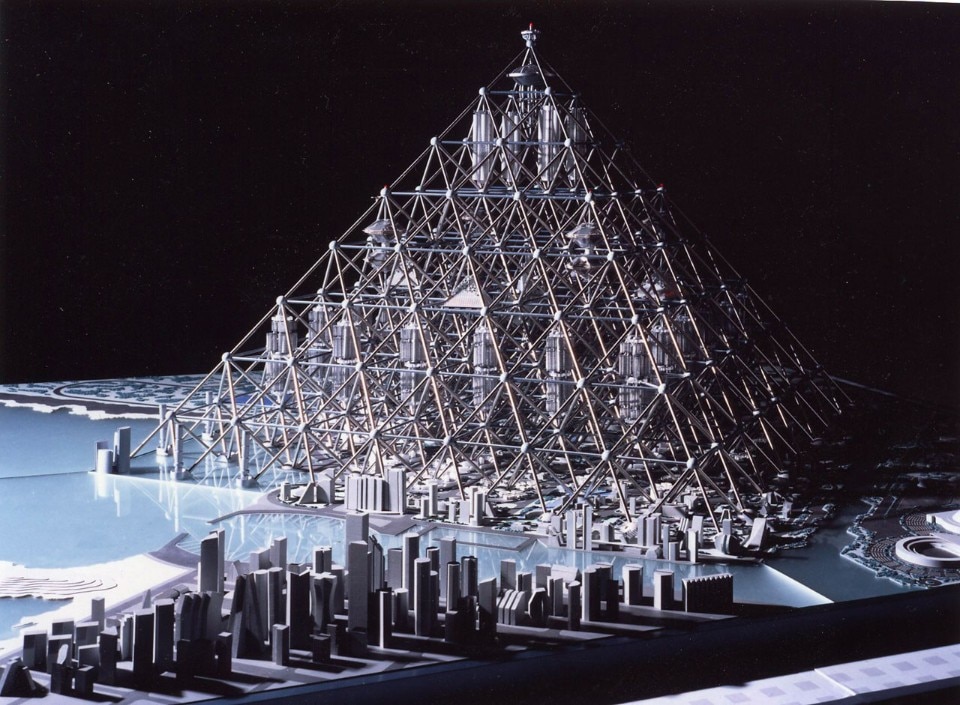
How did the Lunit project come about?
It was a very simple observation that sparked the idea. While looking for a tennis ball that had ended up off court, I saw a worm that - with its body of a much lower density than the earth that surrounded it - was slowly sliding underground.
So why not create a mechanical worm capable of moving on the Moon and bury itself in the mantle rock? However, to move the structure - 3 metres in diameter! - we could not use energy from solar panels, inefficient on the tormented surface of the Moon. Drawing on my past experiences, I decided to use compressed air, which could create a combined compression and decompression action, the lengthening and shortening of the worm-like system. In Tokyo we created experimental models. The results were uncertain in terms of penetration into the subsoil, but satisfactory for moving the worm on the sand.
How did the work continue?
The use of compressed air in the vacuum pf space seemed to be an important innovation, and we presented the Lunit in Washington in 1992 at the 43rd International Astronautical Congress, with a report entitled Inflatable Lunar Structure with Reinforcing Rings – Self-shaping and Self-sinking System for Lunar Base. Following this Italo-American-Japanese collaboration, a long series of associated projects began, including the Shimizu TRY 2004 Mega-City Pyramid for Tokyo.
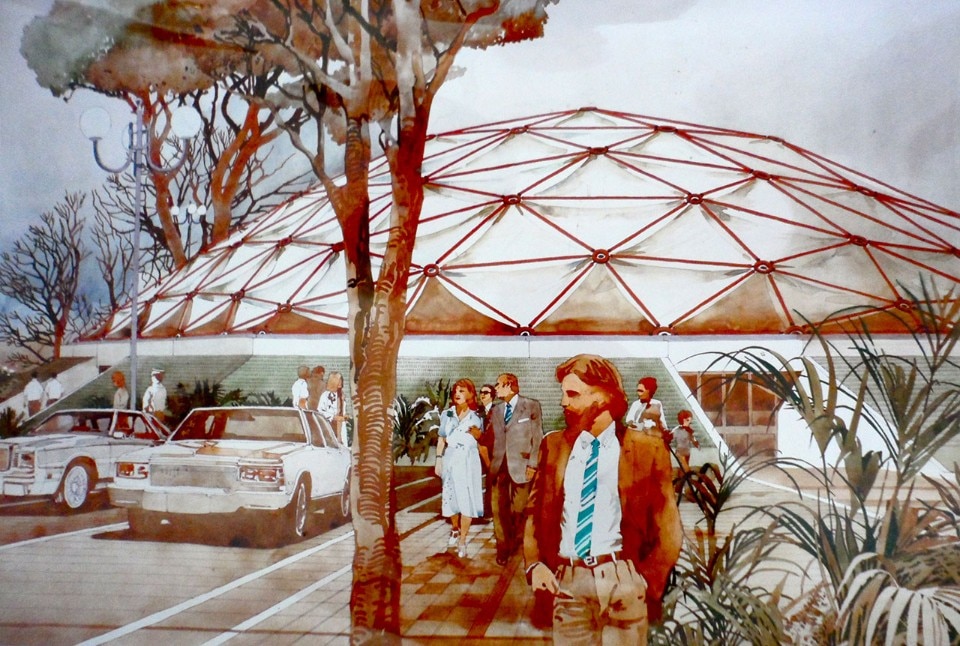
Are you still working on space projects?
I am involved on Earth in another type of “space” project, the geodesic structures that in 1976 I named Binistars. The system has been used in Europe for a range of applications, from trade fairs to military structures.
Do you think we will ever live in space?
We will certainly try, and maybe they will build both hotels that orbit the Earth, like those designed by Matsumoto, and stations on the Moon or on Mars. But I still think that the possibility of living for long periods of time in space is remote. Naturally I don’t have a crystal ball; I could be proved wrong in a not-too-distant future by the incredible technological progress of this era.


